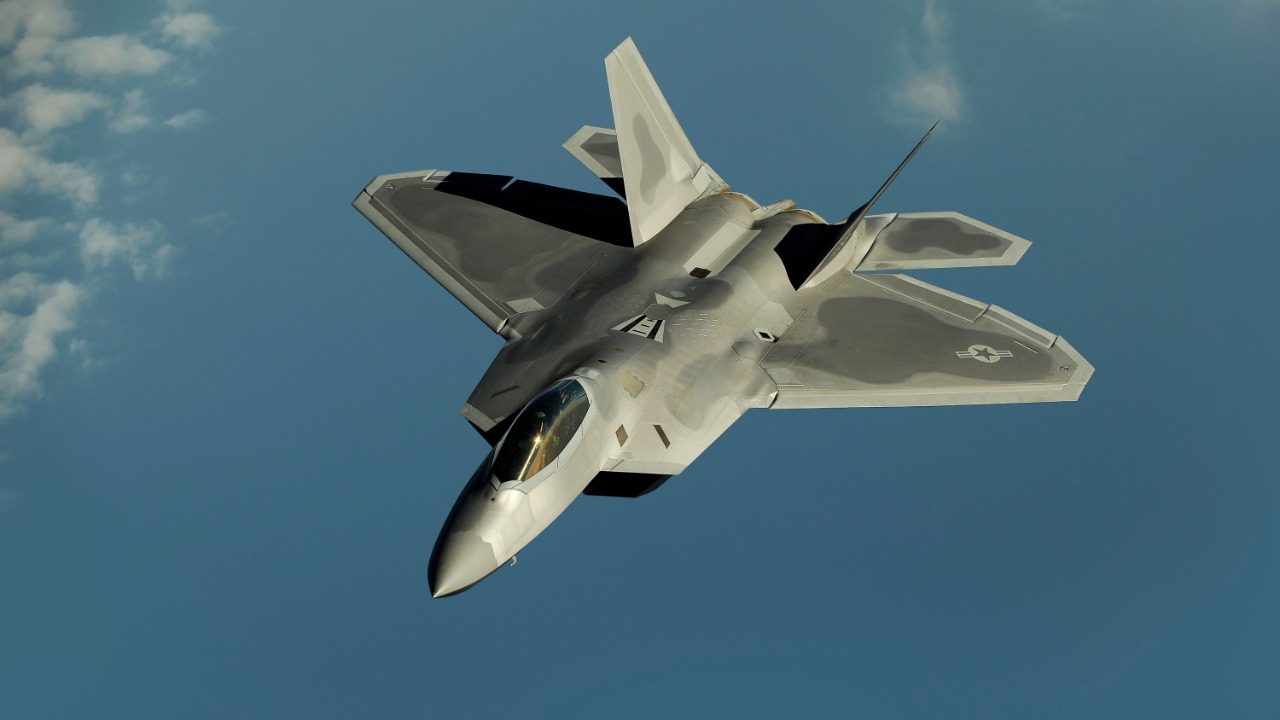
The evolution of fighter jets has been driven by cutting-edge technology and innovation. From state-of-the-art radar systems to advanced combat helmets and beyond, these high-tech features have revolutionized aerial warfare, giving pilots an edge in combat and making these flying machines more formidable than ever before.
Radar Cross Section and Stealth Technology: The Invisible Eagles
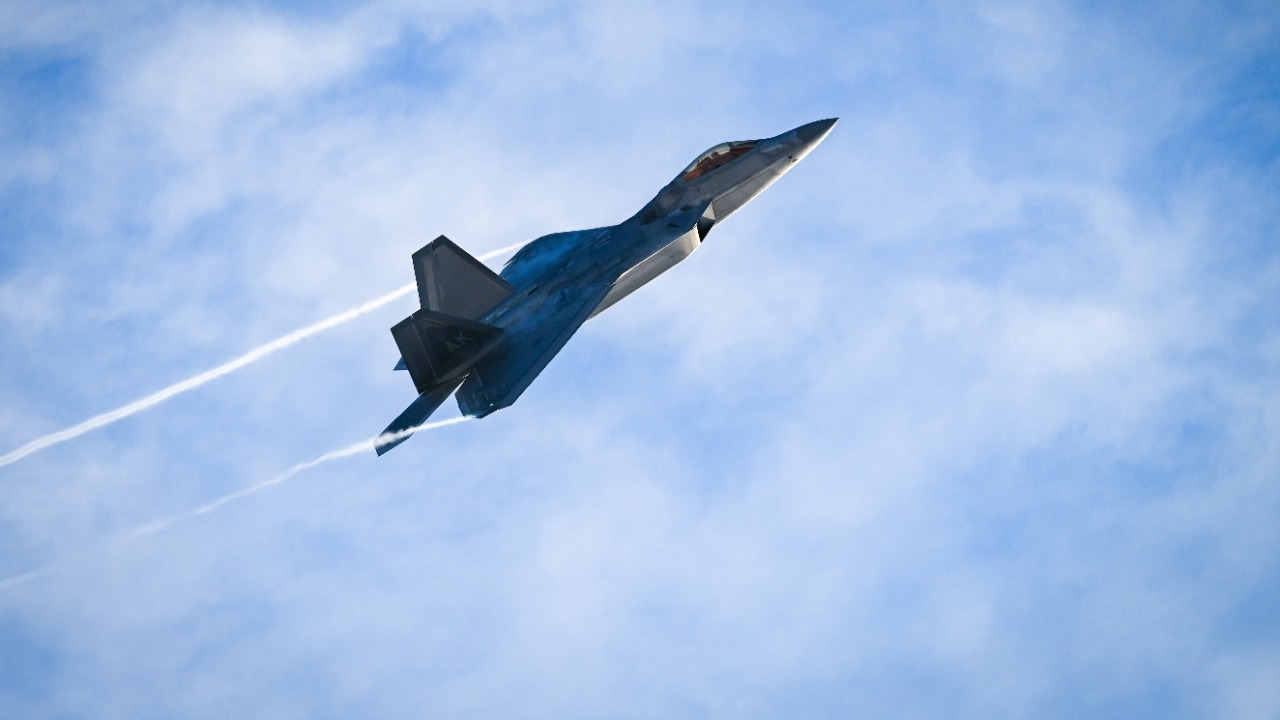
The stealth technology used in fighter jets like the F-22 Raptor is designed to minimize the aircraft’s Radar Cross Section (RCS). By reducing the RCS, the jet becomes almost invisible to enemy radar, giving it a significant advantage in combat. This technology involves the use of special materials and precise aircraft design to absorb and deflect radar waves.
Stealth technology has revolutionized aerial warfare, allowing planes to penetrate enemy defenses undetected. It’s a game-changer that continues to evolve, with advancements focused on reducing thermal signatures and enhancing electronic masking capabilities.
Advanced Combat Helmet Mounted Display Systems: The Future of Aerial Warfare
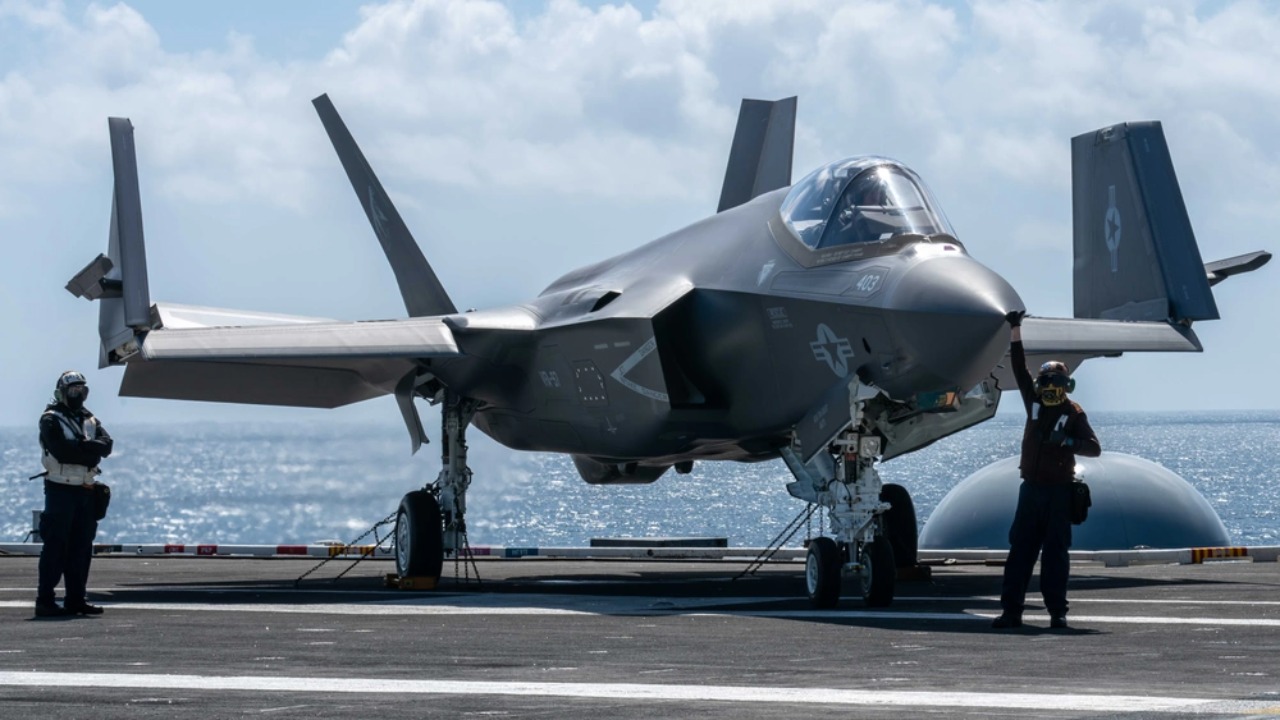
Helmet Mounted Display Systems (HMDS) are the future of aerial combat. They provide pilots with crucial flight and combat information right in their line of sight. The F-35 Lightning II, for example, uses an advanced HMDS that displays airspeed, altitude, targeting information, and more onto the pilot’s helmet visor.
This technology eliminates the need for pilots to look down at their instruments, allowing them to maintain focus on the mission at hand. It also integrates night vision and target tracking, enhancing the pilot’s situational awareness and combat effectiveness.
Thrust Vectoring: Mastering the Skies with Unmatched Maneuverability
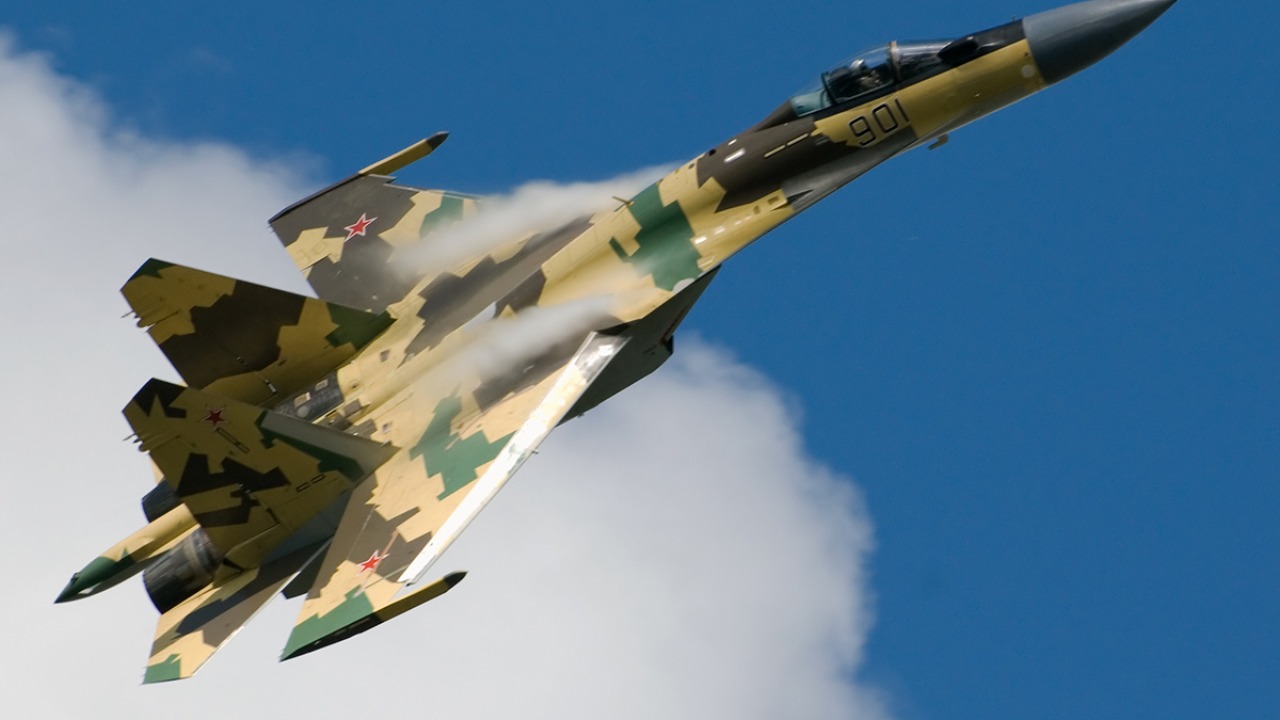
Thrust vectoring is a technology that allows a jet to manipulate the direction of its engine’s thrust. This capability increases maneuverability, giving the jet the ability to perform complex aerial maneuvers that would be impossible for traditional fixed-wing aircraft. The Russian Su-35, for instance, uses 3D thrust vectoring to achieve incredible agility in the air.
This technology offers significant tactical advantages in air-to-air combat, allowing pilots to outmaneuver adversaries and gain a better attack position. As this technology continues to advance, it’s poised to redefine the limits of aerial agility.
Active Electronically Scanned Array Radar: The Eyes of the Sky

Active Electronically Scanned Array (AESA) radar systems are the eyes of modern fighter jets. These systems use a grid of hundreds or thousands of miniature radar modules to scan the sky, providing pilots with a detailed, real-time picture of the airspace around them.
Compared to traditional radar systems, AESA systems offer superior resolution, greater range, and the ability to track multiple targets simultaneously. They can also operate in a wide range of frequencies, making them more difficult for enemies to detect and jam.
Infrared Search and Track Systems: The Heat-Seeking Predators
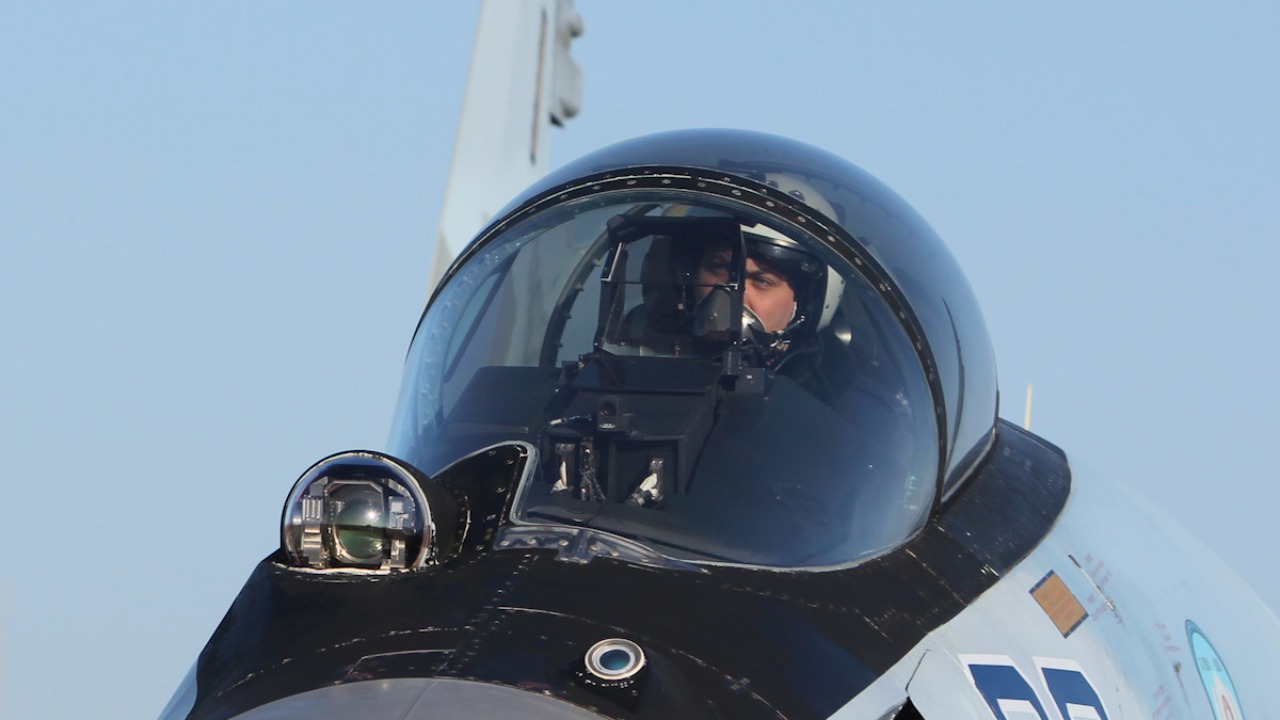
Infrared Search and Track (IRST) systems use infrared sensors to detect and track heat sources, typically from other aircraft. These systems offer a passive detection capability, meaning they can track targets without emitting any signals that could reveal the jet’s location.
IRST systems are particularly useful for detecting stealth aircraft, which are designed to evade radar detection. They also provide valuable redundancy in case the jet’s radar system is jammed or otherwise rendered inoperable.
Electronic Warfare Suites: Jamming the Enemy’s Senses

Electronic Warfare Suites are designed to disrupt and deceive enemy radar and electronic systems. They can jam enemy radar signals, create false targets, and even hack into enemy networks. The EA-18G Growler, for example, is a specialized electronic warfare aircraft used by the US Navy.
This technology gives fighter jets a significant advantage in aerial combat, allowing them to confuse and disable enemy defenses. As electronic systems become increasingly important in warfare, so too does the ability to disrupt and manipulate them.
Airborne Networking and Data Link Systems: The Information Superhighway of the Skies

Airborne Networking and Data Link Systems allow fighter jets to share data and communicate in real time. These systems enable pilots to share sensor data, targeting information, and other critical information, creating a cohesive and coordinated attack force.
This technology is integral to modern network-centric warfare, where information superiority can be the difference between victory and defeat. It also enhances situational awareness, allowing pilots to make more informed decisions in the heat of battle.
BVR Systems: Striking from Beyond Visual Range
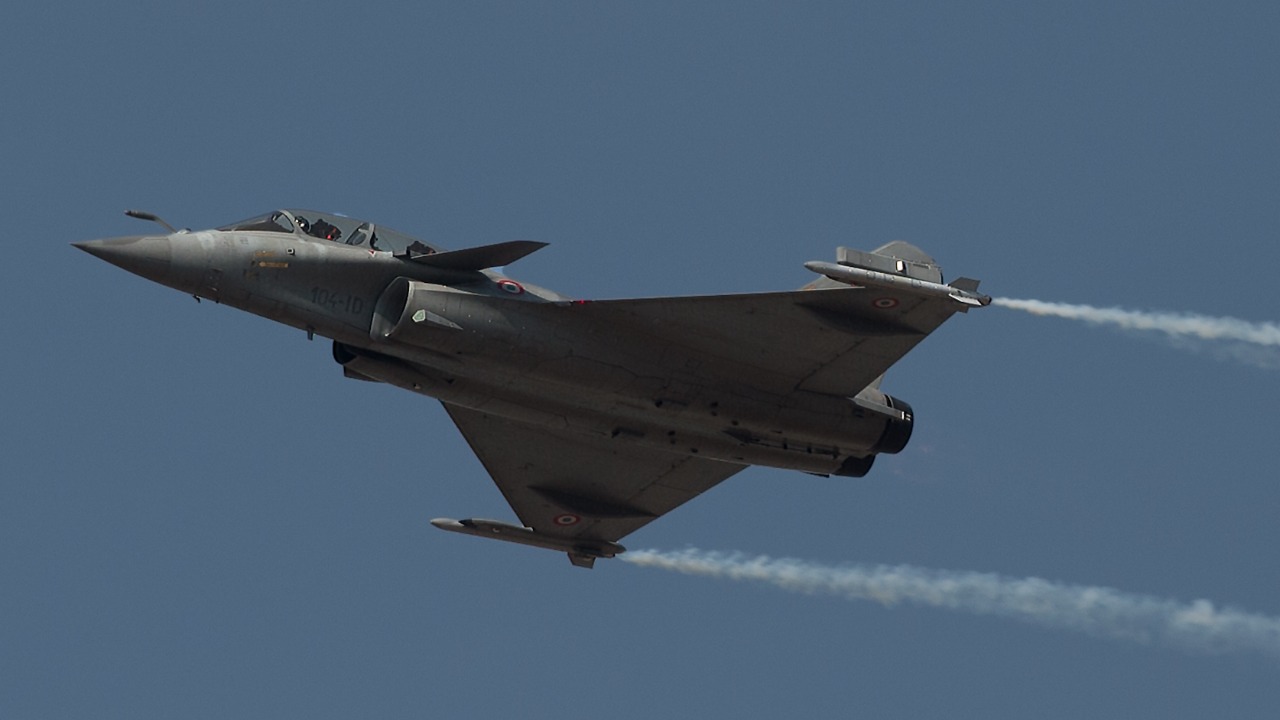
Beyond Visual Range (BVR) systems allow fighter jets to engage targets from distances beyond the pilot’s line of sight. These systems rely on long-range radar and advanced missiles, like the AIM-120 AMRAAM, to detect, track, and engage targets from dozens of miles away.
BVR systems have fundamentally changed air-to-air combat, shifting the focus from close-range dogfighting to long-range engagements. They give pilots the ability to strike enemies before they’re even aware they’re under attack, providing a significant advantage in aerial combat.
Conclusion: The Future of High-Tech Features in Fighter Jets
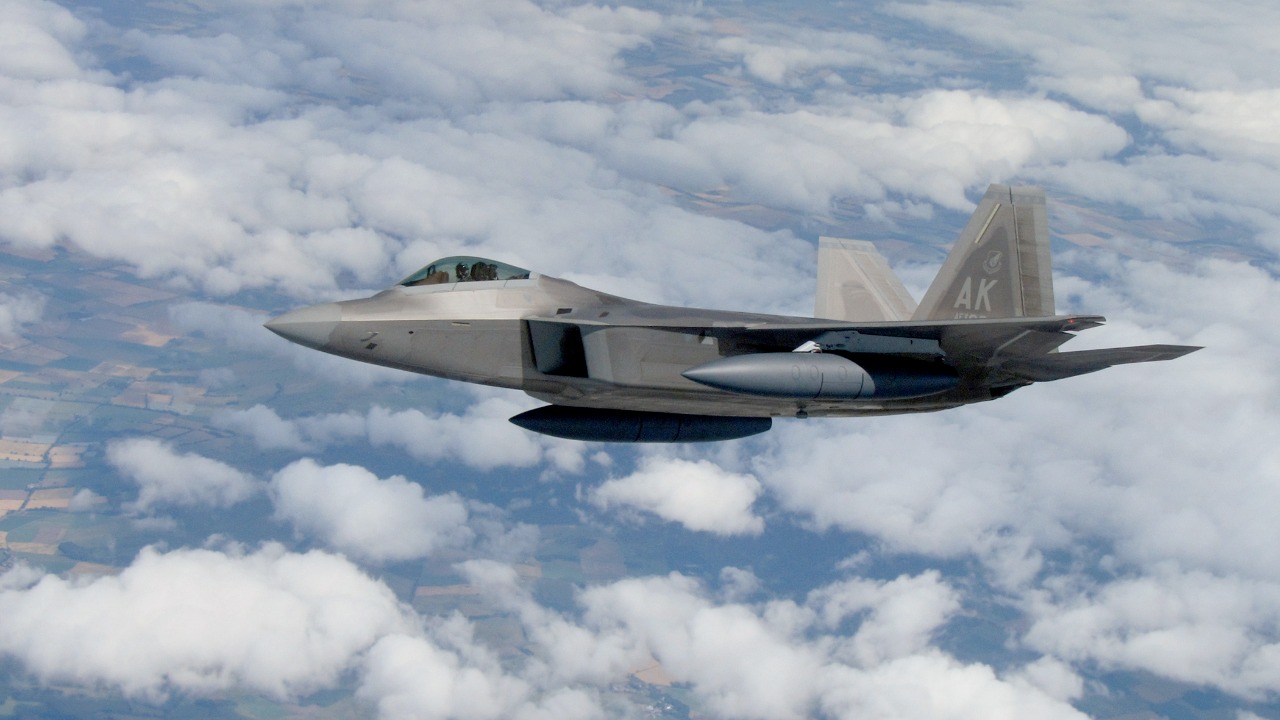
These high-tech features have transformed fighter jets into highly effective and sophisticated weapons systems. As technology continues to advance, we can expect to see even more innovative features incorporated into these machines. From AI-assisted systems to quantum radar and beyond, the future of aerial warfare is sure to be thrilling and unpredictable.
So whether it’s the stealth technology of the F-22, the advanced HMDS of the F-35, or the thrust vectoring capabilities of the Su-35, it’s clear that high-tech features are integral to the success and evolution of fighter jets. For more fascinating insights into the world of fighter jets, check out this Quora thread or this Slashgear article.